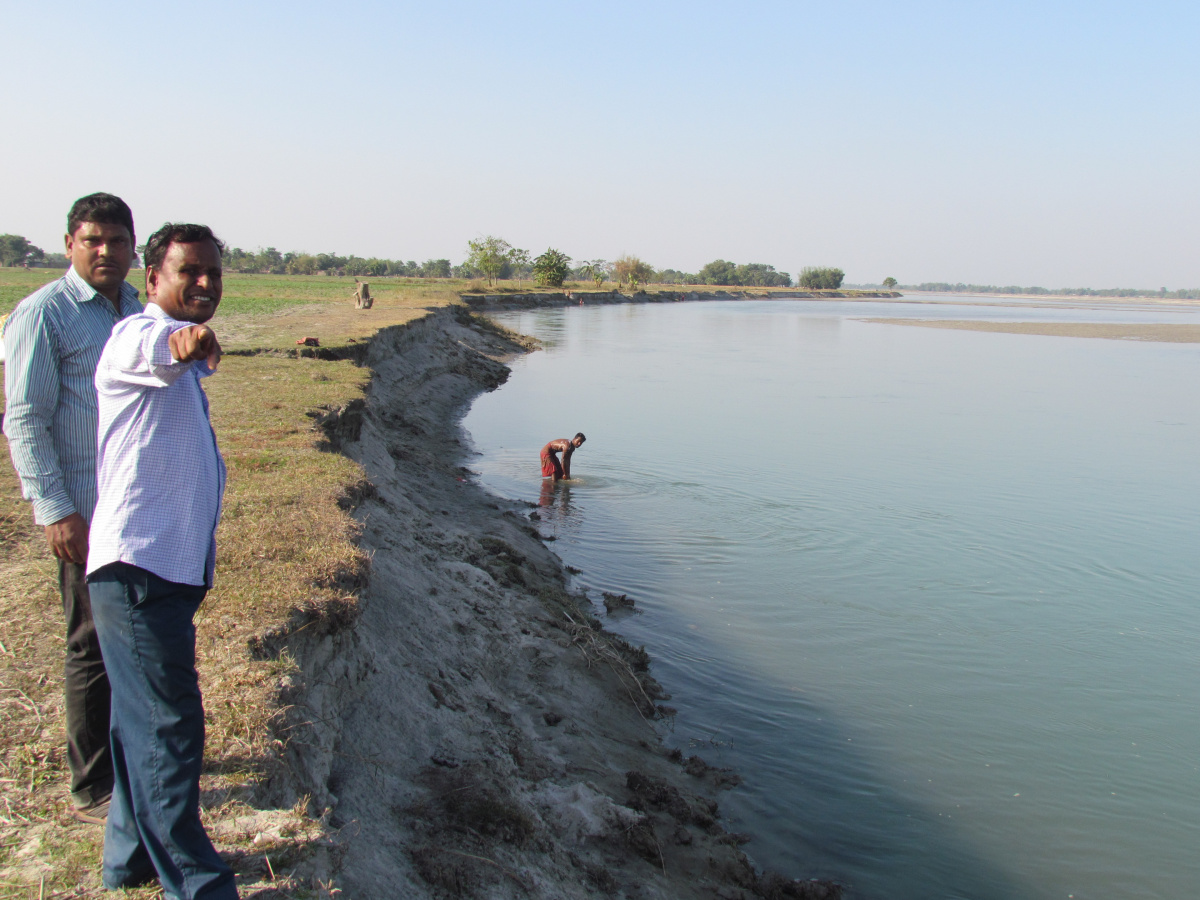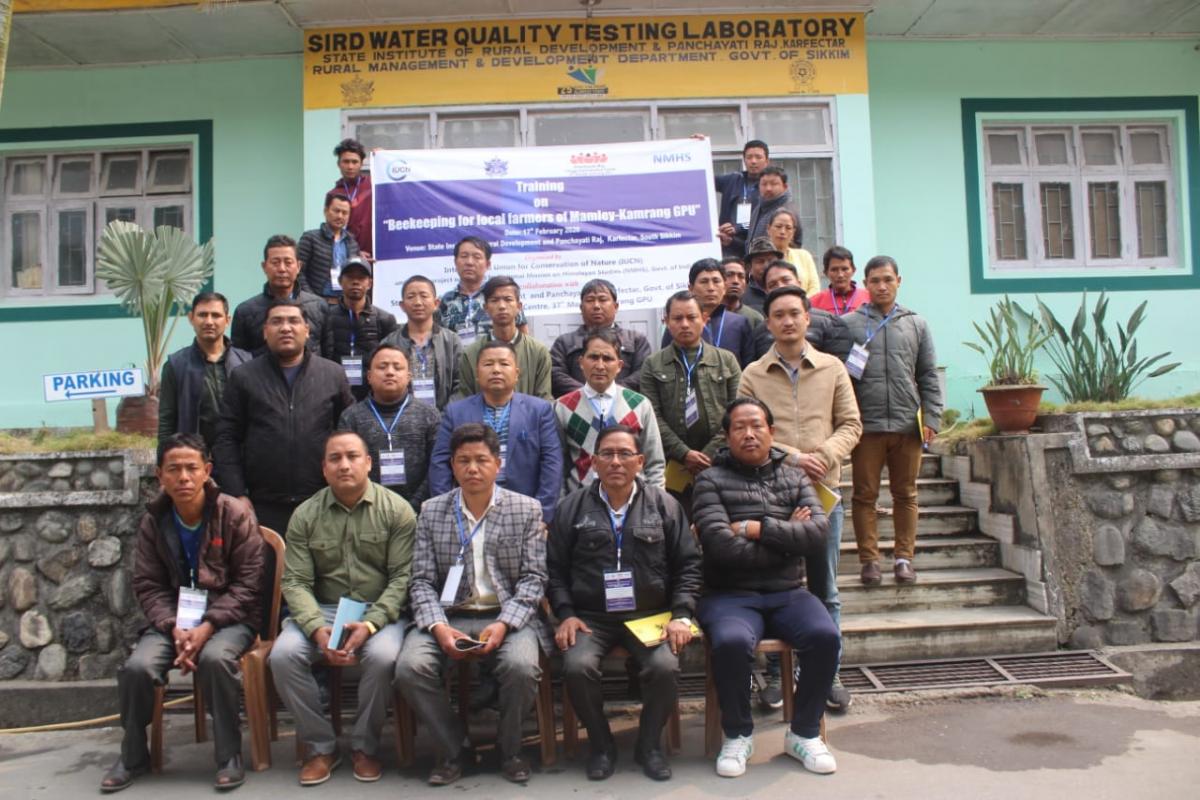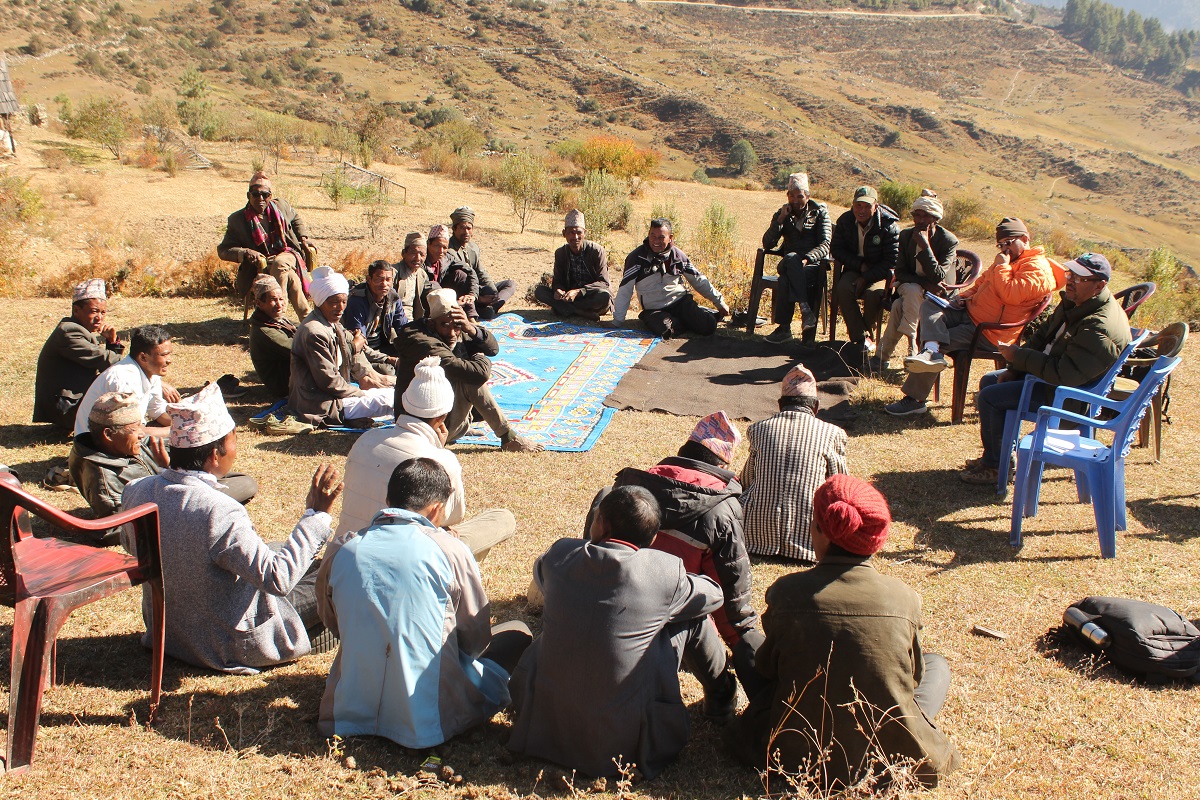South Asia Vulture Recovery Programme’s sixth Regional Steering Committee meeting held
Sixth Regional Steering Committee meeting of the South Asia Vulture Recovery Programme was held at Kathmandu, Nepal on 28 June 2017. Representatives from governments, NGOs and research institutions from Bangladesh, India, Nepal and Pakistan gathered to discuss the progress that has been made toward vulture conservation in the region.
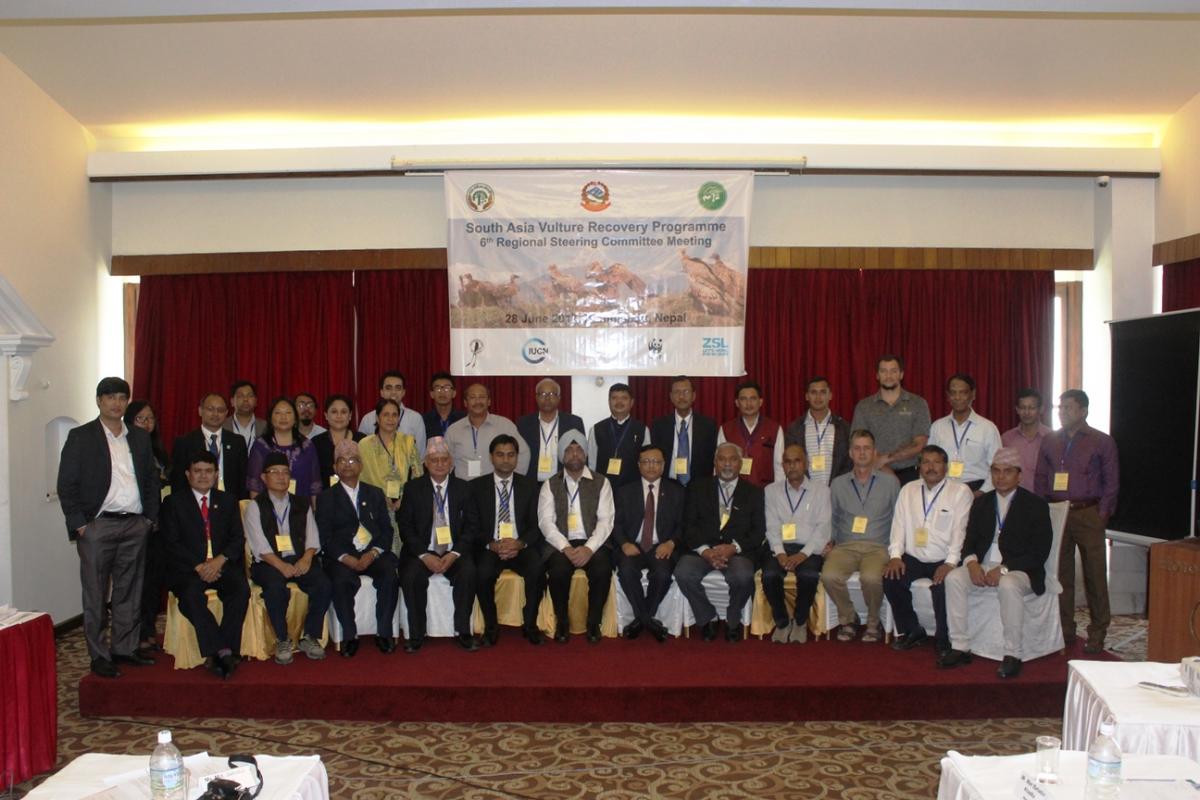
Photo: Amit Poudyal/ IUCN
The meeting was chaired by Mr. Prakash Mathema, Secretary, Ministry of Forests and Soil Conservation, Government of Nepal and co-chaired by Dr. Tej Pal Singh, Deputy Regional Director, IUCN Asia Regional Office, Bangkok. Two delegates from each member country (Bangladesh, India, Nepal and Pakistan) along with Dr. Chris Bowden, Programme Manager of Saving Asia's Vultures from Extinction (SAVE) participated in the meeting. Various dignitaries and scientists representing Department of National Parks and Wildlife Conservation, Department of Forests, Department of Livestock Services, IUCN Nepal, National Trust for Nature Conservation, Zoological Society of London, Bird Conservation Nepal and WWF Nepal among others observed the meeting.
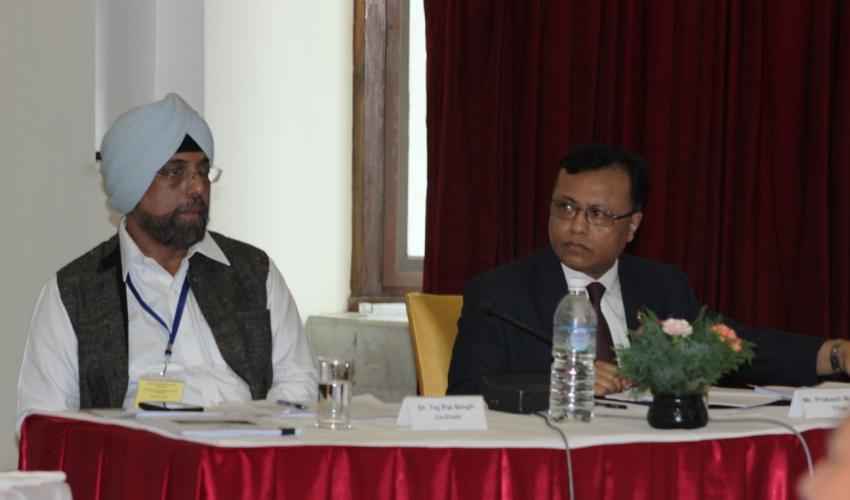 Photo: Amit Poudyal / IUCN
Photo: Amit Poudyal / IUCN
Highlighting the importance of the regional program, Mr Prakash Mathema, Secretary of the Ministry of Forests and Soil Conservation of the Government of Nepal explained that “the vultures are part of our culture and they also have a very important ecological role of serving as a biological waste controller.” “Significant steps need to be taken for the creation and maintenance of a non-toxic environment for the protection of this majestic creature”, said the Secretary.
Tej Pal Singh, Deputy Regional Director of IUCN Asia praised the role the Government of Nepal had taken on vulture conservation efforts. He said, “There is the need for a landscape level vulture conservation programme for the protection of this majestic creature.”
Each member country along with SAVE presented their updates for the year 2016 and their respective priorities for the year 2017. The presenters highlighted the progress made on ban of the veterinary use of diclofenac, vulture breeding centers, vulture safe zones, release of captive vultures and monitoring of NSAIDs through pharmacy surveys and undercover surveys.
In addition to this, Nepal presented that it has prepared the Vulture Conservation Action Plan (2015-2019) and the Department of National Parks and Wildlife Conservation has endorsed the Vulture Release Plan (2016-2019) to guide its vulture conservation initiatives. In line with this release plan, six captive Gyps vultures underwent soft release from the Kasara Breeding Centre in Chitwan to Pithauli in Nawalparasi district in Nepal. It was also noted that India, Nepal and Pakistan have been successful in hatching vulture chicks in their respective breeding centers.
The discussions was largely based on strengthening regional cooperation on monitoring and research of vultures, the possibility of establishing a regional lab and improve funding opportunities for vulture conservation activities.
Vultures are among the most highly threatened bird species on the planet, having experienced catastrophic population declines since the 1990s. Various efforts are being done to save these birds. IUCN is working across national borders to ensure vulture survival through the South Asia Vulture Recovery Programme.
Over the past 20 years in South Asia, the population sizes of three vulture species have been reduced by more than 90 percent. These three species, the white-rumped vulture (Gyps begalensis), the Indian vulture (Gyps indicus) and the slender-billed vulture (Gyps tenuirostris), face extinction because of a drug called diclofenac.
